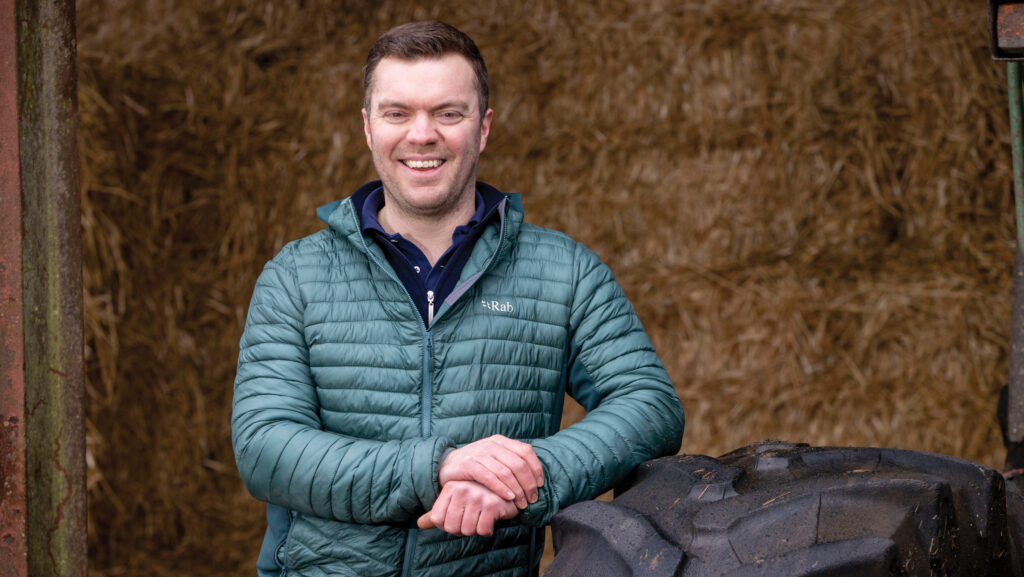Farmer Focus: Tentative start for zero grazing
 Colin Murdoch © Jeff Holmes
Colin Murdoch © Jeff Holmes Dry and cold weather for the past month has finally given way to spring.
It certainly makes this job an awful lot easier when the weather co-operates.
We finished drilling our spring wheat on 26 March, which is six weeks earlier than last year.
See also: 9 benefits of switching to a zero-grazing system
I’ve been pleased with how the wholecrop has done in our rations this winter, so we’re growing another 25ha (62 acres) in 2025 to complement the winter crops, which will be crimped.
We really could do with a separate wholecrop clamp – I’ll add it to the never-decreasing wishlist.
Zero grazing has tentatively started and by that I mean we’ve introduced 20kg of grass into the total mixed ration.
We’ve done this the past few years to avoid a massive change to rumen health, and think it works well.
While the double handling takes a bit of extra time, the decrease in concentrate by 1kg a head – and increase in milk by just over 1 litre – more than makes up for the hassle.
Solids are still holding at 6.1% butterfat and 4.2% protein.
We will probably keep it at this level until first-cut silage is off, but we have quite a bit of silage left over.
I’m writing this article from the tractor cab while harrowing silage ground.
It’s amazing what you can get done with autosteer – who said men can’t multitask?
With the weather being so wet last year, we didn’t get a chance to harrow or roll any fields, and it was apparent with the increased ash content we saw on analysing our silage.
The problem this year might be ground becoming too hard before we get round everything – not normally a problem in Ayrshire.
I think harrowing also helps to break up the slurry lines from the dribble bar.
I used to take a bit of pride when I was younger in keeping the stripes nice and straight, but it’s becoming a dying art.
We’ve more than 60 Angus and Blue-cross stores that have been on cubicles through the winter.
As we begin to get Jersey youngstock turned out in the next few weeks, we’ll move the beef cattle onto straw for finishing.
It’s encouraging to see the trade as good as it is.

